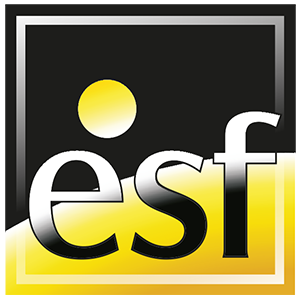Often the border between equipment and installation is not well defined; ESF wishes to provide some useful description in order to help clarify the matter.
There has been quite some confusion and sometimes even panic among glass shops when talking about the expiration date of the current exemption for neon tubes filled with argon mixed with some mercury. “Why did ESF not apply for an extension of the exemption ?” was heard from companies that were not even member of ESF, through any affiliated national sign organization.
On the 23rd of March at the annual Meeting for the German Sign Association, LWD, I have explained the reason why ESF did not and will not introduce a new exemption for HLDT (Hand made Luminous Discharge Tubes).
As several members do know, I have been limited in my actions due to a medical condition. I was in complete isolation for 3 months followed by recovery during 6 months. As meanwhile no one else took the responsibility to address the HLDT cause nothing was done and the time window for asking an exemption was closed. If an extension had to be asked, it had to be done in the first half of last year. Apparently nobody within all those companies that are now asking ‘why?’ felt it important enough to do something. Hence, crying black murder today is the wrong attitude. Remember what JFK said, ‘don’t ask what your country can do for you, but ask what you can do for your country’.
Recently I was asked by Oeko to consult on a request for extension of exemption for spiral shaped energy saving lamps introduced by Lighting Europe. Oeko is the German research institute that was hired by the European Commission as advisor, they ask for the opinion of known Stakeholders. It was then that I learned about the closed time window for ESF. Asking for a new exemption would take months of preparation and at least two years before a decision would follow. As our current exemption is expiring at the end of this year it would mean there would be a gap of at least 16 months.
Reading again through all the paperwork my attention was drawn by a clause in the evaluation report by Oeko addressed to the European Commission. That report is in the public domain, here is the address :
https://circabc.europa.eu/sd/a/886d842f-b237-4d25-a8df-34a0fee7ba69/2013... _Exemption_Evaluation_Pack-2.pdf (HLDT on pages 93 to 118) (focus on pages marked 104-105)
Here it is explained that RoHS applies to EEE “designed for use with a voltage rating not exceeding 1000 volts AC or 1500 volts DC.” HLDT that are meant to operate at maximum 990 Volts AC, hot or cold cathode, fall under RoHS and as a consequence can no longer be manufactured after 31-12-2018. (with exception for repair of old installations that existed before 2003, as mentioned in RoHS.)
HV-HLDT that are meant to operate above 1000 Volts AC can still be manufactured after 31-12-2018 because they do not fall under RoHS.
ESF will take the lead in registering companies and glass shops that produce HV-HLDT or components for this purpose, including HV transformers, and will continue to help regulating and monitoring the minimal use of mercury. We therefore trust all HV-HLDT related companies and glass shops will actively become member of their national association for registration in order to stand in a legally correct position in relation to the society that we live in.
Luc Steegmans,
Consultant to the ESF
